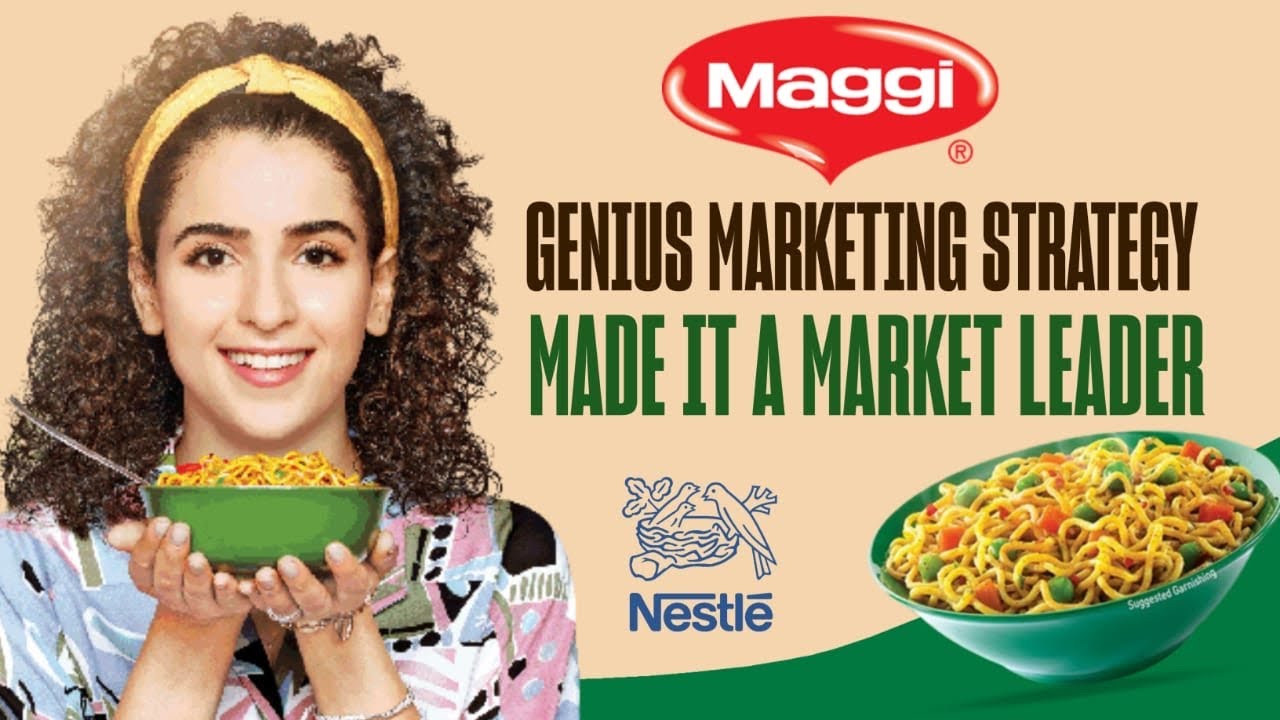How Asian Paints Built MONOPOLY in the Indian market? : Indian Monopolies EP 1
Summary
TLDRAsian Paints' remarkable journey from its 1942 inception to becoming India's market leader is highlighted in this script. With a CAGR of 20% over 60 years, the company's innovative products, efficient supply chain, and strong dealer relationships have been pivotal to its success. The script delves into the business strategies and lessons from its consistent growth, including embracing technology and prioritizing dealer support, as it prepares for future market trends.
Takeaways
- 📈 Asian Paints has consistently grown at a CAGR of 20% over the past 60 years, making it one of India's greatest companies.
- 💡 Early investment in Asian Paints in 2000 would have yielded an impressive return of Rs 1.87 crores without considering dividends.
- 🔄 The company's business doubles every three years, showcasing its strong and sustained growth trajectory.
- 🏆 Asian Paints has been a market leader in the paint industry for 54 years, outperforming its competitors significantly in revenue and profit.
- 🛠️ Asian Paints capitalized on the ban on paint imports during World War II to establish itself as a domestic producer, identifying a market gap and opportunity.
- 🎨 The introduction of 'Washable Distemper' filled a critical gap in the market, offering quality at an affordable price, and was key to the company's early success.
- 💻 Asian Paints' investment in technology, including India's first supercomputer in 1970, allowed for efficient supply chain management and a competitive edge.
- 🛑 The company's innovative 'Regular Payment Performance Discount' incentivized timely payments, improving capital rotation and dealer relationships.
- 🔗 Asian Paints built a strong network of dealers by bearing the initial investment for tinting machines and offering support, which expanded its reach and market share.
- 🔑 Consistency in adopting technology, recruiting talent, and evolving marketing strategies has been a cornerstone of Asian Paints' long-term success.
- 🏠 Asian Paints is preparing for the future by focusing on service-oriented models and DIY tools, anticipating changes in consumer behavior due to rising labor costs.
Q & A
What is the historical significance of Asian Paints in India?
-Asian Paints is significant for being one of the greatest companies in India, achieving a compound annual growth rate (CAGR) of 20% over the past 60 years and becoming a market leader in the paint industry for 54 consecutive years.
How much wealth would an investment of one lakh rupees in Asian Paints in 2000 be worth today?
-An investment of one lakh rupees in Asian Paints in 2000 would be worth at least Rs 1.87 crores today, without considering dividends.
How does Asian Paints compare to its competitors in terms of revenue and profit?
-Asian Paints generates significantly higher revenue and profit compared to its competitors. While Berger and Nerolac combined have a revenue of Rs 12,662 crores and a profit of Rs 1,248 crores, Asian Paints alone generates a revenue of Rs 22,044 crores and a profit of Rs 3,139 crores.
What was the initial market strategy of Asian Paints?
-Asian Paints initially targeted rural areas where people painted the horns of bulls and the entrances of their houses. This rural-to-urban approach helped them achieve revenue of Rs 23 crores by 1952.
What innovative product did Asian Paints introduce in the 1950s?
-In the 1950s, Asian Paints introduced a game-changing product called washable distemper, which was positioned between dry distemper and plastic emulsions. It combined the qualities of plastic emulsions but was more affordable.
What critical factor contributed to the success of Asian Paints' supply chain?
-One critical factor was the introduction of the 'Regular Payment Performance Discount,' which incentivized timely payments from dealers and improved capital rotation, enabling Asian Paints to operate efficiently with less working capital.
How did Asian Paints leverage technology in the 1970s to enhance its operations?
-Asian Paints invested in a supercomputer in 1970, which they used for demand forecasting and supply chain management, significantly improving efficiency and reducing workforce requirements.
What strategy did Asian Paints use to strengthen its relationship with dealers?
-Asian Paints provided tinting machines on a lease agreement to dealers, making it affordable and reducing the burden on dealers. They also established a seamless support system, addressing dealer queries quickly and effectively.
What are the two major trends expected to shape the future of the paint industry?
-The two major trends are the evolution of a service-oriented industry, where customers will pay for value-added services, and the rise of the DIY (Do-It-Yourself) model, driven by increasing labor costs and the availability of sophisticated tools.
What lessons can be learned from the success story of Asian Paints?
-Key lessons include identifying market gaps, emphasizing efficiency, treating employees and partners with care, and maintaining a strong company culture and independent board of directors to drive long-term success.
Outlines

This section is available to paid users only. Please upgrade to access this part.
Upgrade NowMindmap

This section is available to paid users only. Please upgrade to access this part.
Upgrade NowKeywords

This section is available to paid users only. Please upgrade to access this part.
Upgrade NowHighlights

This section is available to paid users only. Please upgrade to access this part.
Upgrade NowTranscripts

This section is available to paid users only. Please upgrade to access this part.
Upgrade NowBrowse More Related Video

How Tanishq HACKED the GOLD Market of India : Titan & Tanishq (A TATA Product) Business Case Study

How MAGGI's GENIUS Marketing Strategy made it a Market Leader?: Nestle Business Case Study

How A Poor Korean Boy Created Hyundai

What's attracting big players to the paint industry? #TMS

David Rusenko - How To Find Product Market Fit

Inovasi Bisnis Nekat Subway. Untung2an atau Jenius?
5.0 / 5 (0 votes)